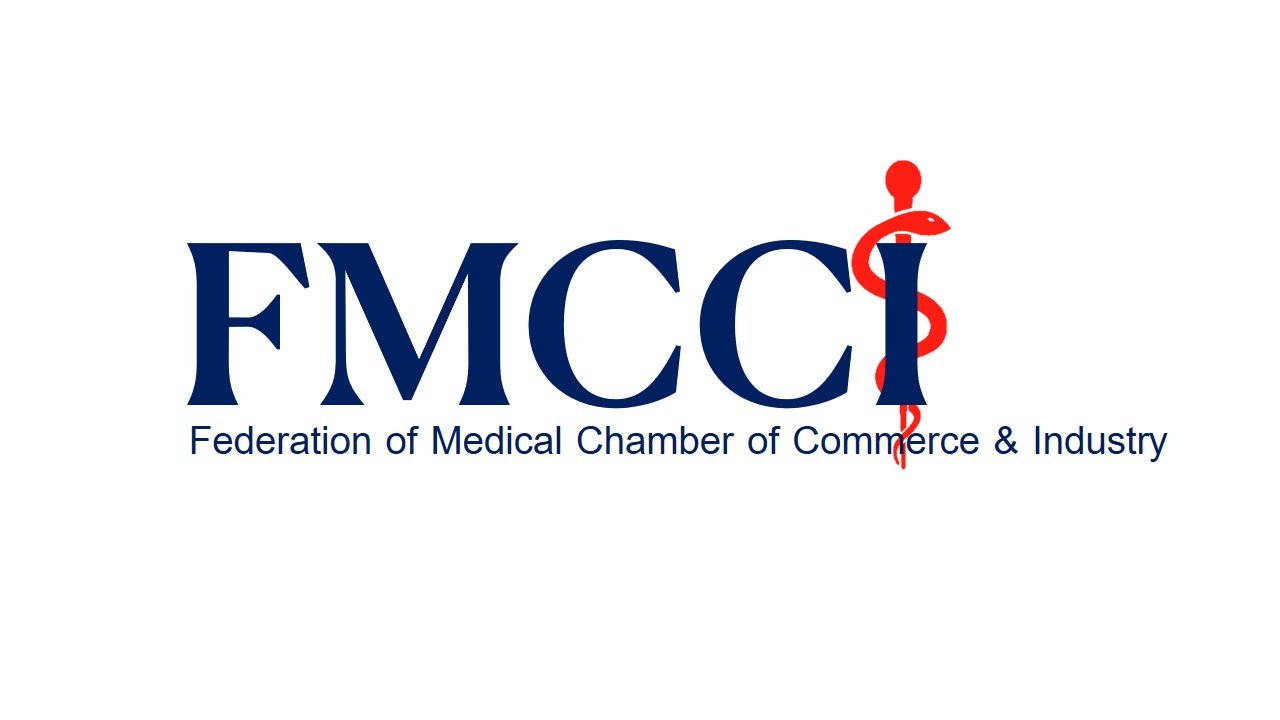In today’s interconnected world, international partnerships are a crucial growth strategy for businesses looking to expand their influence and revenue streams. Forming international partnerships allows companies to penetrate foreign markets, access new customer bases, and leverage local expertise to optimize product and service offerings. This article explores the benefits of international partnerships, how to build strong alliances, potential challenges, and strategies for long-term success.
The Advantages of International Partnerships
- Access to New Markets and Customers International partnerships provide direct access to new, diverse markets. Companies can navigate entry barriers more effectively by leveraging a partner’s local knowledge and established networks. This approach allows companies to introduce their products or services more efficiently than attempting to enter a foreign market independently.
- Enhanced Brand Visibility and Recognition By partnering with reputable foreign companies, brands can enhance their credibility and recognition in international markets. Aligning with a well-known local brand can help establish trust among consumers who might otherwise hesitate to try a foreign product.
- Cost Efficiency Entering a new market can be financially daunting. By collaborating with a local partner, companies can reduce costs associated with market entry, from logistics to marketing. Moreover, local partners often have pre-established supply chains, distribution networks, and marketing channels, which can drastically reduce operational expenses.
- Access to Local Knowledge and Expertise Each market has its own unique culture, consumer behavior, and legal regulations. Partnering with a local company offers insights into these intricacies, enabling companies to tailor their offerings to suit local preferences and regulations. This is particularly advantageous in navigating complex regulatory environments and cultural nuances.
- Increased Innovation Potential International partnerships bring together diverse perspectives, fostering innovation. Collaborating with partners from different cultural backgrounds encourages companies to think outside the box, potentially leading to the creation of innovative products and services.
Steps to Building a Strong International Partnership
- Identify Mutual Goals A successful international partnership hinges on shared objectives. Before entering a partnership, ensure that both parties have clear, mutually beneficial goals. These goals should be aligned not only in terms of profit but also in terms of values, brand image, and vision for the future.
- Conduct Thorough Market Research Conducting in-depth market research is essential before initiating a partnership. Understand the dynamics of your target market, including customer behavior, competitive landscape, and regulatory requirements. Market research can reveal crucial insights, enabling you to identify potential partners who can best help you achieve your objectives.
- Establish Clear Roles and Responsibilities Defining roles and responsibilities upfront can help prevent misunderstandings down the line. Outline the scope of each partner’s contribution, including financial investments, resource allocations, and intellectual property rights. This step is crucial in creating a balanced and harmonious working relationship.
- Create a Transparent Communication Plan Cross-border communication can be challenging, especially when dealing with different time zones, languages, and cultural expectations. Establish a transparent communication plan, detailing how and when partners will exchange information, updates, and performance reviews. Open communication helps to build trust and ensure alignment on ongoing projects.
- Legal and Regulatory Compliance Different countries have unique laws regarding taxes, employment, intellectual property, and trade. Consulting with legal experts from both regions is crucial to avoid any unforeseen issues. In addition, developing contracts that address possible challenges such as dispute resolution and termination clauses can save time and resources in the future.
Overcoming Challenges in International Partnerships
- Cultural Differences Cultural disparities can affect communication styles, business practices, and even attitudes toward hierarchy and authority. Addressing these differences through cultural training and sensitivity can enhance understanding and cooperation.
- Differences in Business Ethics Different regions may have varying standards of business ethics, especially regarding practices such as negotiation, pricing, and employee management. Make sure to establish common ethical guidelines that both parties agree upon to prevent conflicts down the line.
- Time Zone and Communication Barriers Coordinating with partners in different time zones can present logistical challenges. Setting up regular meetings that work for both parties and utilizing digital communication tools such as video conferencing, project management platforms, and instant messaging can improve efficiency.
- Currency Fluctuations Currency exchange rates can impact financial transactions and profitability. Consider hedging strategies or other financial planning measures to mitigate the risks associated with currency volatility.
- Regulatory and Legal Compliance Each country has its own set of regulatory requirements. It is essential to consult with legal experts to ensure compliance with local and international regulations. This includes understanding tariffs, tax obligations, and import-export restrictions that could impact the partnership’s operations.
Strategies for Sustaining International Partnerships
- Regular Performance Reviews Regularly reviewing the partnership’s performance helps ensure that both parties are meeting their goals and that the relationship remains mutually beneficial. These reviews should assess financial metrics, operational efficiencies, and customer satisfaction levels.
- Continual Adaptation and Flexibility International markets are dynamic, with trends, consumer demands, and regulations constantly evolving. Maintaining a flexible approach that allows for adjustments in strategy can help keep the partnership aligned with market shifts. This adaptability is particularly important in highly competitive industries where staying relevant is crucial.
- Long-term Relationship Building A successful partnership goes beyond transactions; it involves building a relationship rooted in trust and mutual respect. Regularly interacting beyond formal business settings, such as attending events or conducting periodic business retreats, can help strengthen this bond.
- Joint Innovation Initiatives Encourage collaborative innovation by establishing joint research and development programs. These initiatives can lead to new product developments, improved service offerings, and unique value propositions that benefit both parties.
- Plan for Conflict Resolution No partnership is immune to conflicts. Establishing a clear process for conflict resolution, including mediation and arbitration mechanisms, can help address disagreements constructively.
Real-World Examples of Successful International Partnerships
- Sony and Ericsson The partnership between Sony and Ericsson in the early 2000s is a classic example of a successful international collaboration. Sony, with its expertise in consumer electronics, and Ericsson, with its telecommunications background, created the Sony Ericsson mobile phones, capitalizing on the strengths of both companies.
- Starbucks and Tata Group Starbucks, an American coffee giant, partnered with Tata Group in India to launch and operate stores across the country. Tata’s extensive knowledge of the Indian market and supply chains has been instrumental in Starbucks’ success in India, where it has quickly grown its footprint.
- Ford and Mahindra Ford and India’s Mahindra & Mahindra collaborated to produce affordable cars for the Indian market. This partnership allowed Ford to tap into Mahindra’s market knowledge and production facilities, helping it expand its presence in India.
FAQs
1. What are the primary benefits of an international partnership for a business?
International partnerships provide access to new markets, enhance brand visibility, reduce operational costs, and allow companies to leverage local expertise. By combining resources and knowledge, businesses can accelerate their growth and maintain a competitive edge in foreign markets.
2. How do companies find suitable international partners?
Companies can identify potential partners through industry events, trade missions, or by working with international business consultants. Conducting thorough market research and using professional networks can also help pinpoint partners with complementary skills and values.
3. What are common challenges in managing an international partnership?
Some of the most common challenges include navigating cultural differences, aligning business ethics, dealing with communication barriers, managing currency fluctuations, and ensuring regulatory compliance. However, these challenges can be addressed by establishing clear communication channels, legal safeguards, and flexible strategies.
In summary, international partnerships offer businesses invaluable opportunities to expand their reach and scale their operations. Through careful planning, regular performance evaluations, and an adaptable approach, companies can build sustainable partnerships that enhance their competitive advantage on the global stage. The success of an international partnership depends on clear communication, mutual goals, and a long-term commitment to shared growth.












